You’d think after two snorkeling experiences the third would be same-old, same-old. But today’s trip turned out to be different, just as exciting in its own way. And for my money, it offered the best underwater experience I could imagine or hope for.
This time we traveled by a twin-engined zodiac, capable of holding sixteen passengers and a crew of two. The hull is an inflated rubber tube, the twin engines made for a fast ride and the structure of the hull made for a bumpy and thrilling ride. The biggest thrill came when our captain made sharp turns. Our group was divided into two boats. Judy and I were, with Esme, assigned to the girls’ boat. That meant that every bump, twist and turn resulted in high-pitched shrieks of delight and fear. I’m guessing the boys had a somewhat different response. The girls also broke out into song. Taylor Swift? Beats me.
We went south, as we did yesterday, but because we were traveling faster, we went further. Kealakekua Bay was our destination, which we reached in an hour or so, including a brief stop to view Hawaiian Spinner Dolphins. These animals feed at night and rest during the day. Hawaii prohibits swimming with dolphins because such activities disrupt their rest period. But they are attracted to boats and loud noises and this group gave us a good show.
The fish were plentiful in number and variety. They had to haul me out of the water because every time I got ready to quit I saw a new fish that I had to chase and photograph. I haven’t looked at the pictures yet, but hopefully I’ll have some keepers this time.
Equal to the fish was the coral. Every shape, color and size you’d care to see. Our captain told us that visibility at Kealakekua was 100 feet.
Kealakekua Bay is home to the controversial Captain Cook memorial. James Cook landed here in 1779 to repair a broken mast. While relationships with the local inhabitants were initially friendly, one thing led to another and Cook felt it necessary to teach the natives a lesson when one of his crew members was assaulted. Cook and his armed crew were driven back to the bay where cook was bludgeoned and stabbed to death. The Brits erected the monument in 1878. Hawaiian’s mark 1779 as the beginning of European intrusion and the end of traditional Hawaiian culture.
A luncheon of deli sandwich wraps, chips, cookies and pineapple was served and then we headed back. The trip home was interrupted several times as out captain showed us lava tubes, sea caves, sea grottos and blow holes that can only be seen from a boat. One lava tube is said to be 16 miles in length.
The afternoon activity involved the kids going with Kaika for some as yet undisclosed activity. The adults went out in the parking lot where Mel showed us how to cut samples of native trees. The idea is that we’ll give the clippings to the grandkids who can plant them at home and remember the trip as they grow. In our case we’ll work with Esme to plant them in Melrose. Then, she can bring the plant inside for the winter or we can bring it to Florida. Hawaii is about the same latitude as Miami so we ought to have a good climate for the plant in Sun City Center.
The final event of our trip was the farewell dinner, held in the hotel dining room. Everyone took a turn giving his or her favorite aspect of the trip. Judy and I agreed that learning about Polynesian culture was high on the list, but the real highlight was being with Esme.
Judy’s written a piece about our time with Esme, which I encourage you to read.
Now it’s just the trip back home. We fly 11ish to Honolulu and then a nonstop from there to Boston, arriving in the early morning hours of Monday. Esme heads for Old Orchard Beach on Tuesday and we’ll return to Onawa on Wednesday or Thursday.
It’s been a great trip but it will be great to be home with family and friends. Thanks for traveling with us!
All pictures, 100+ of them, are now online.


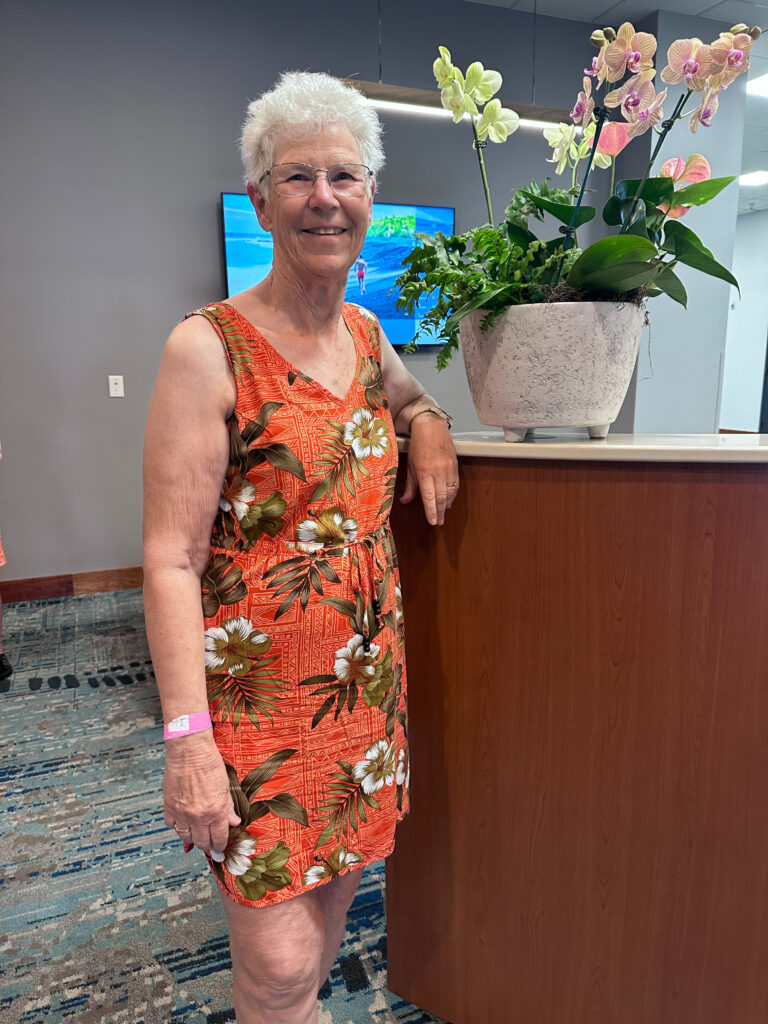
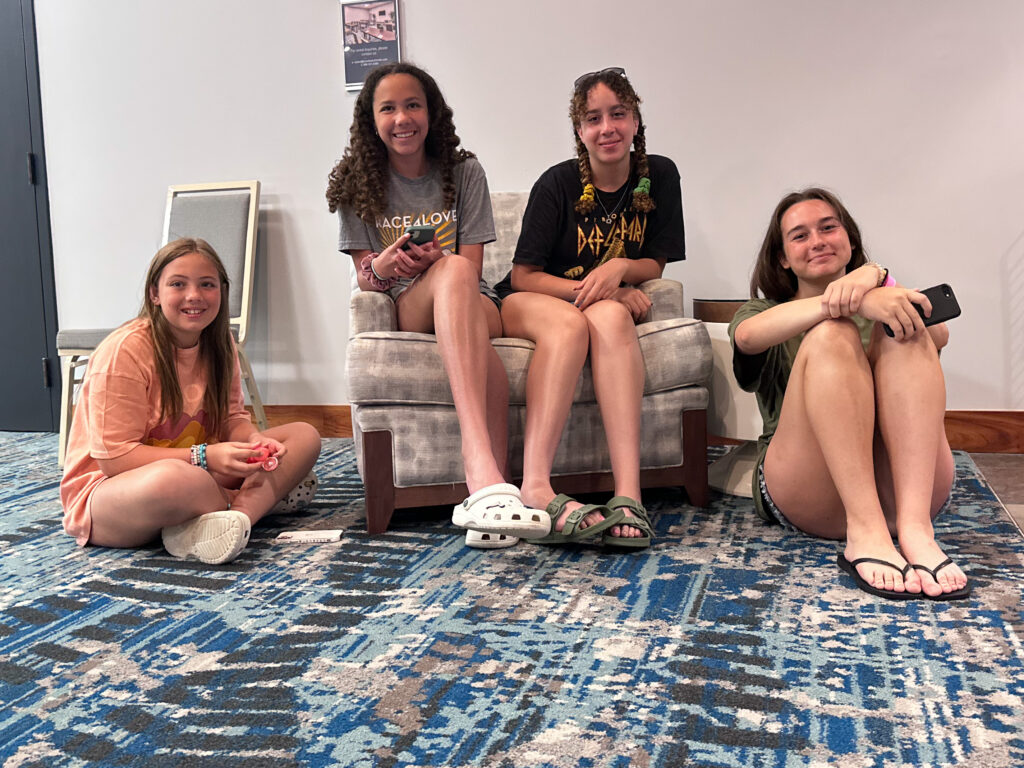
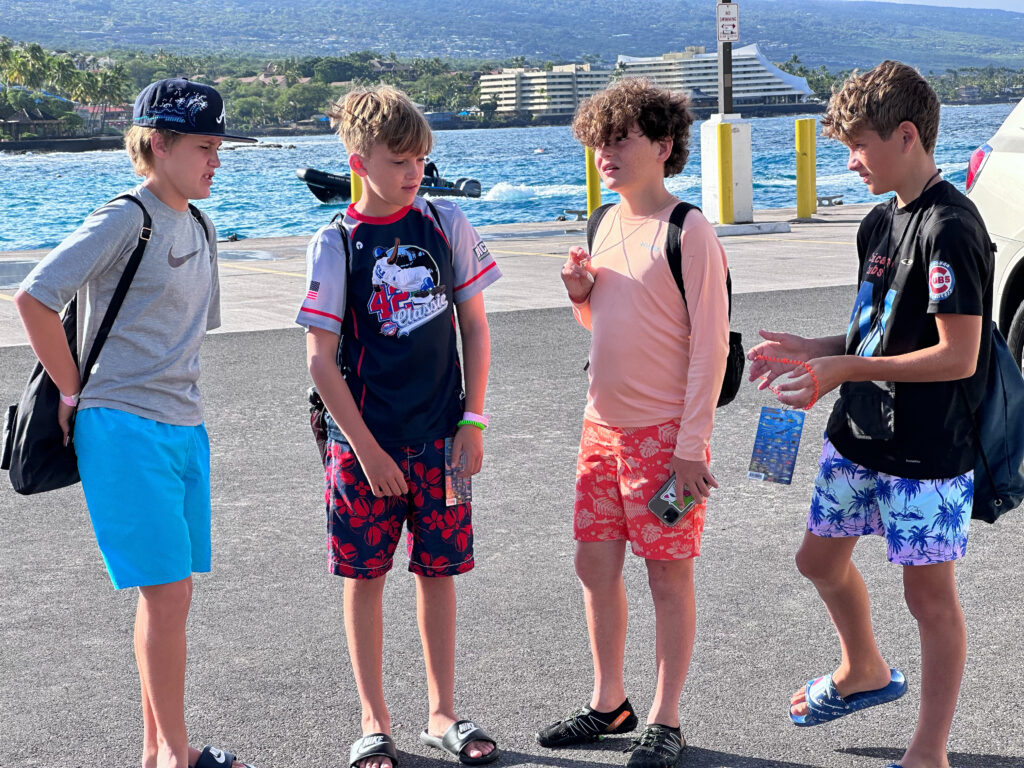



















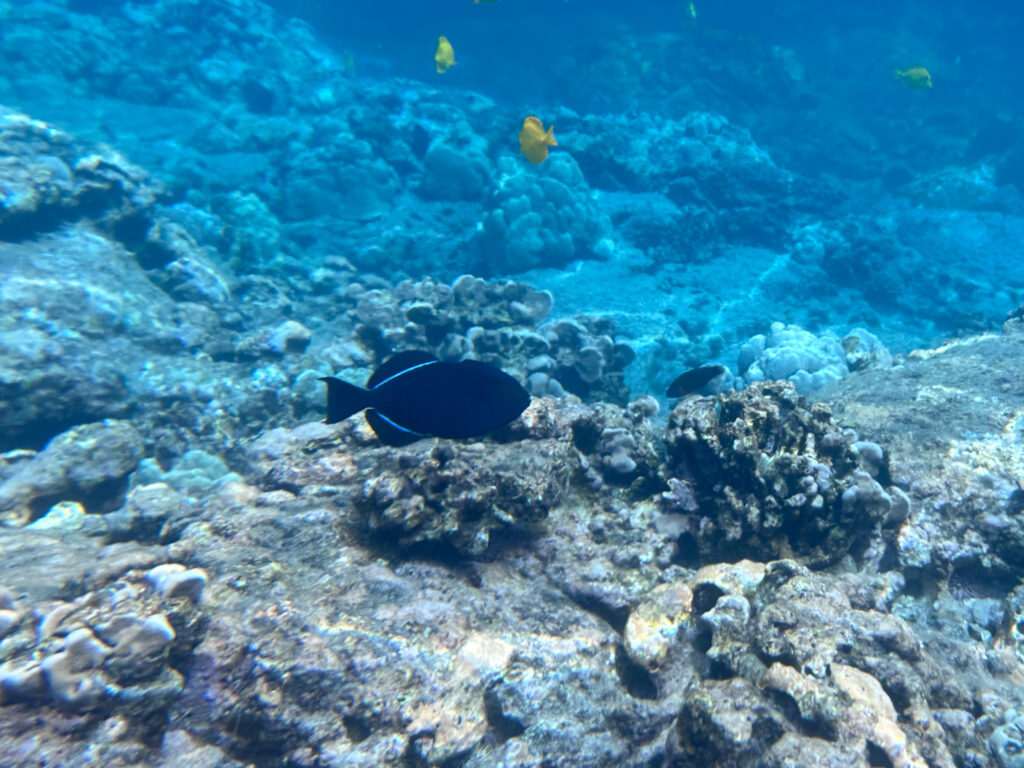







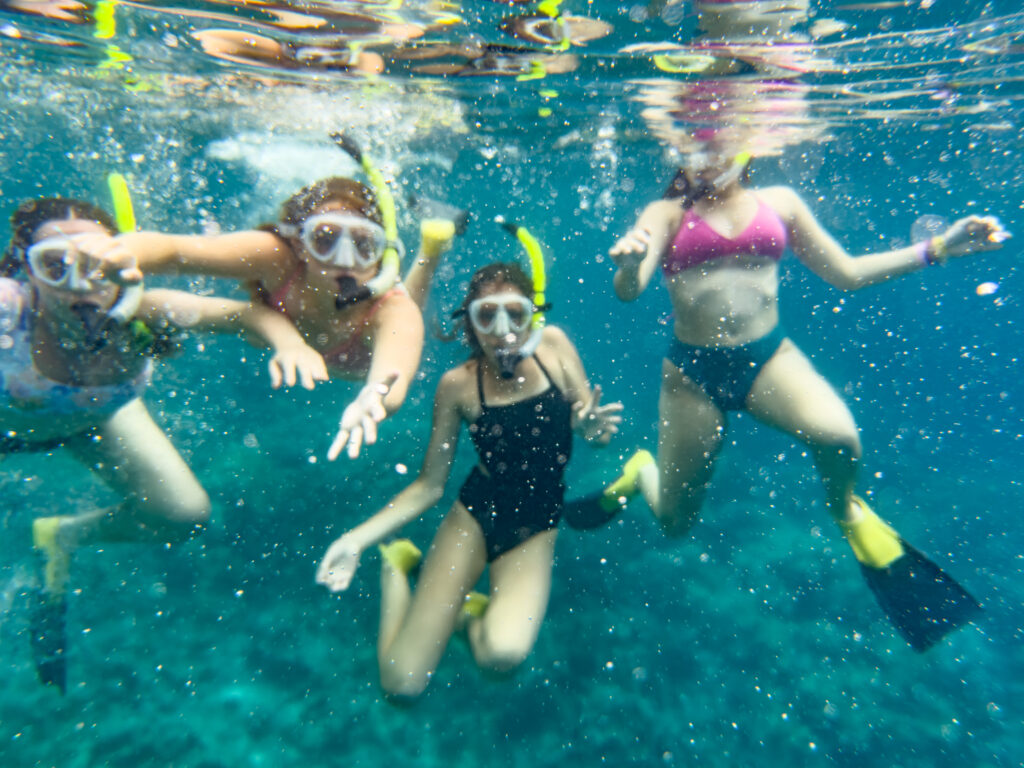










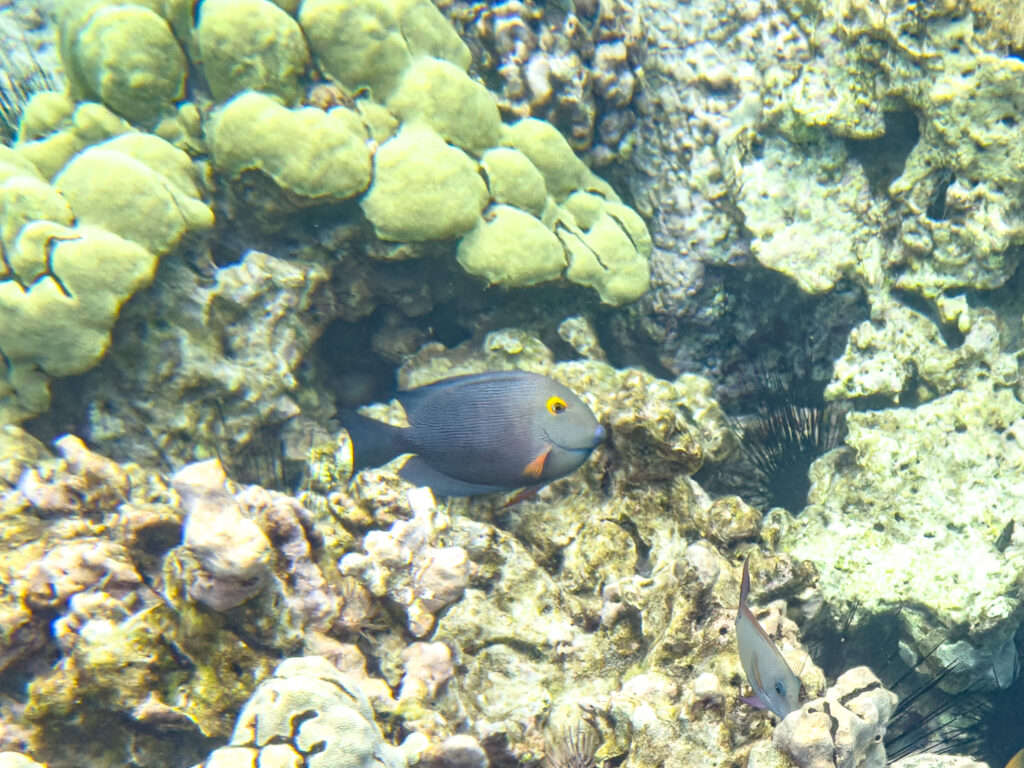

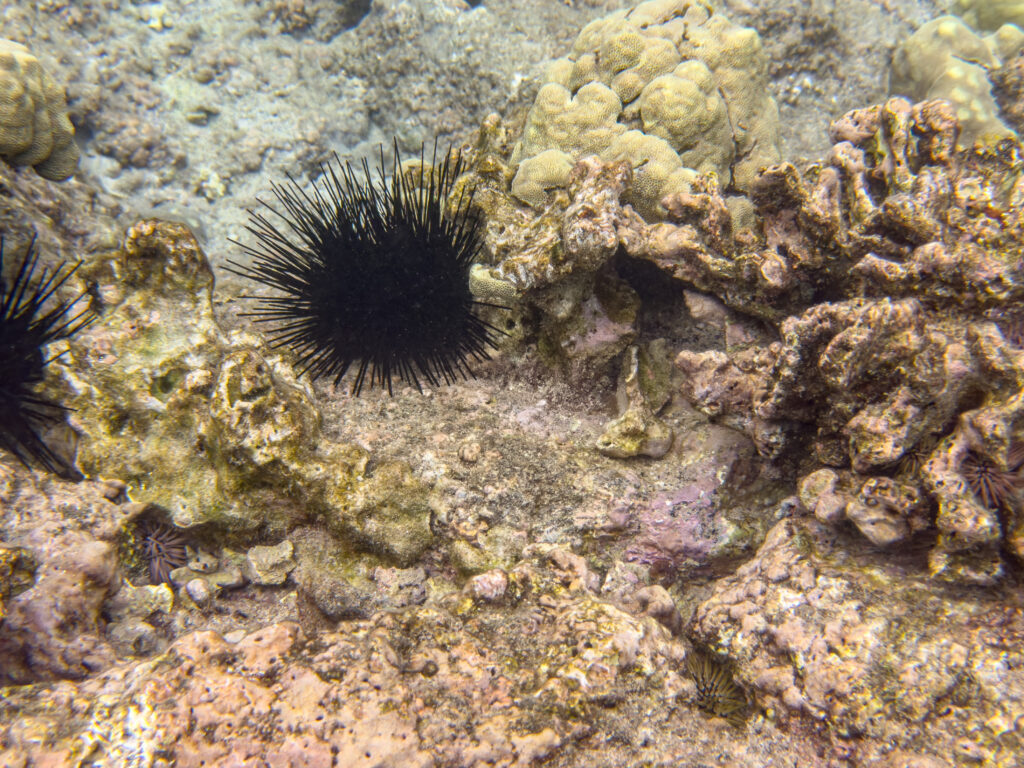























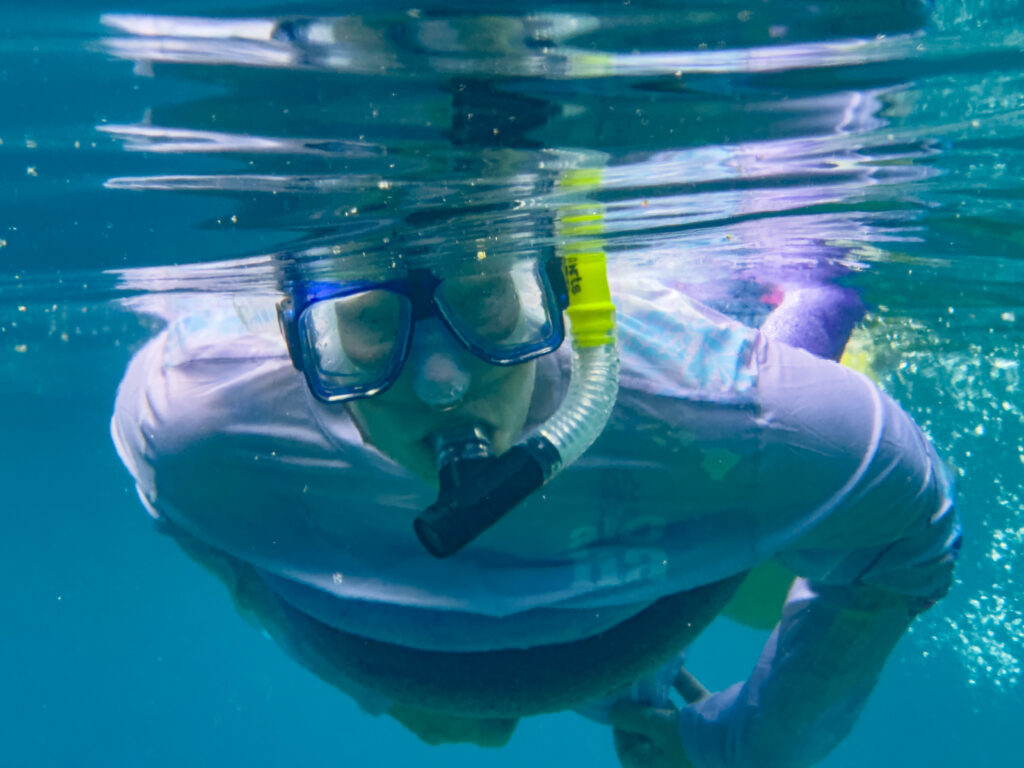













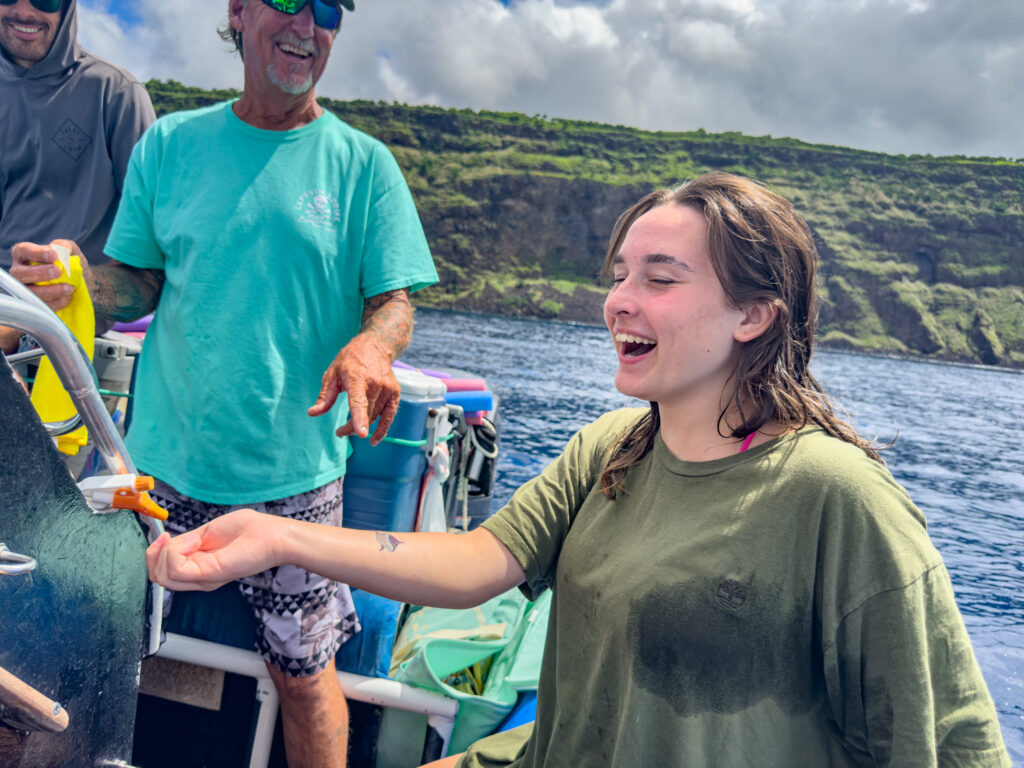













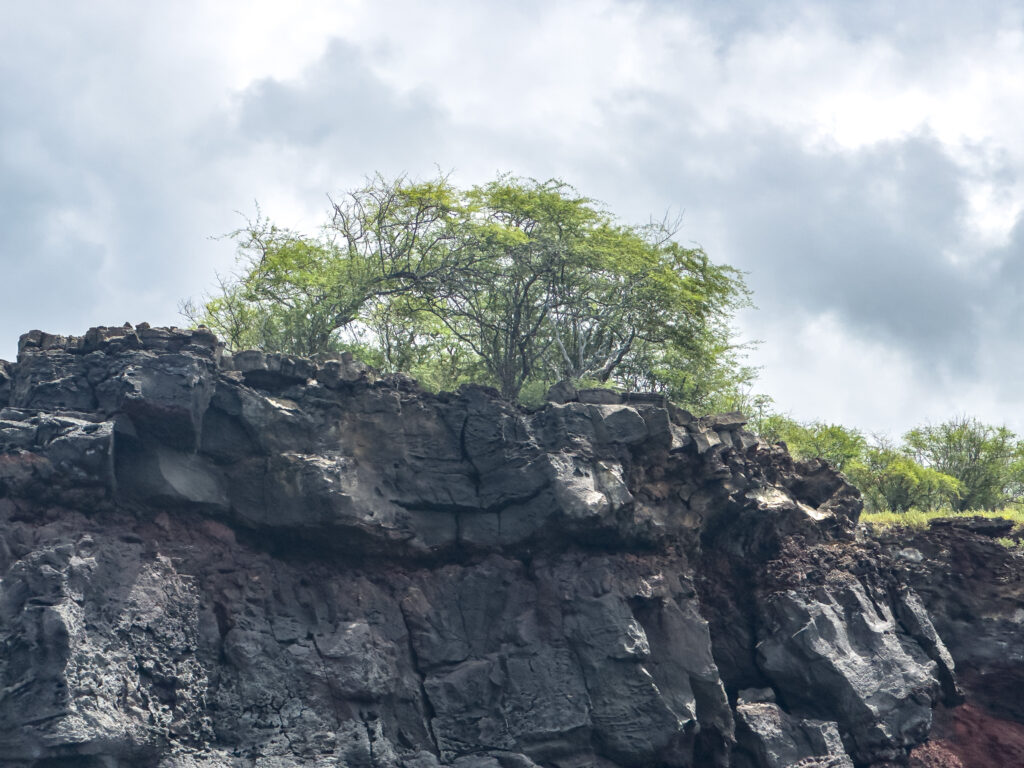








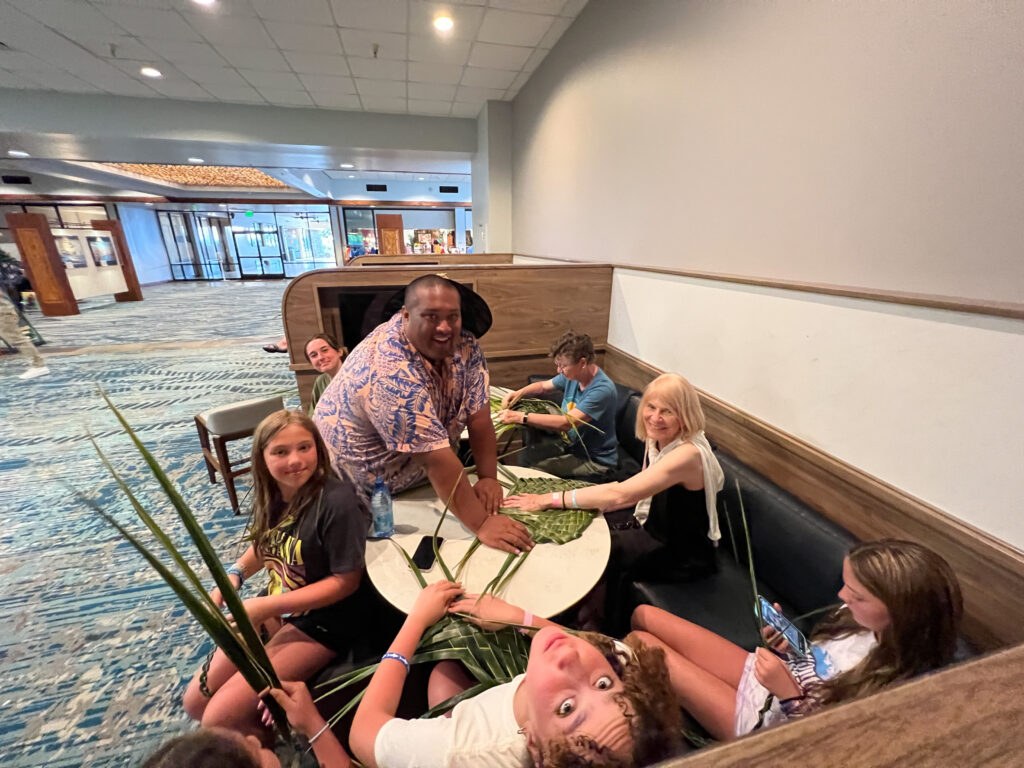
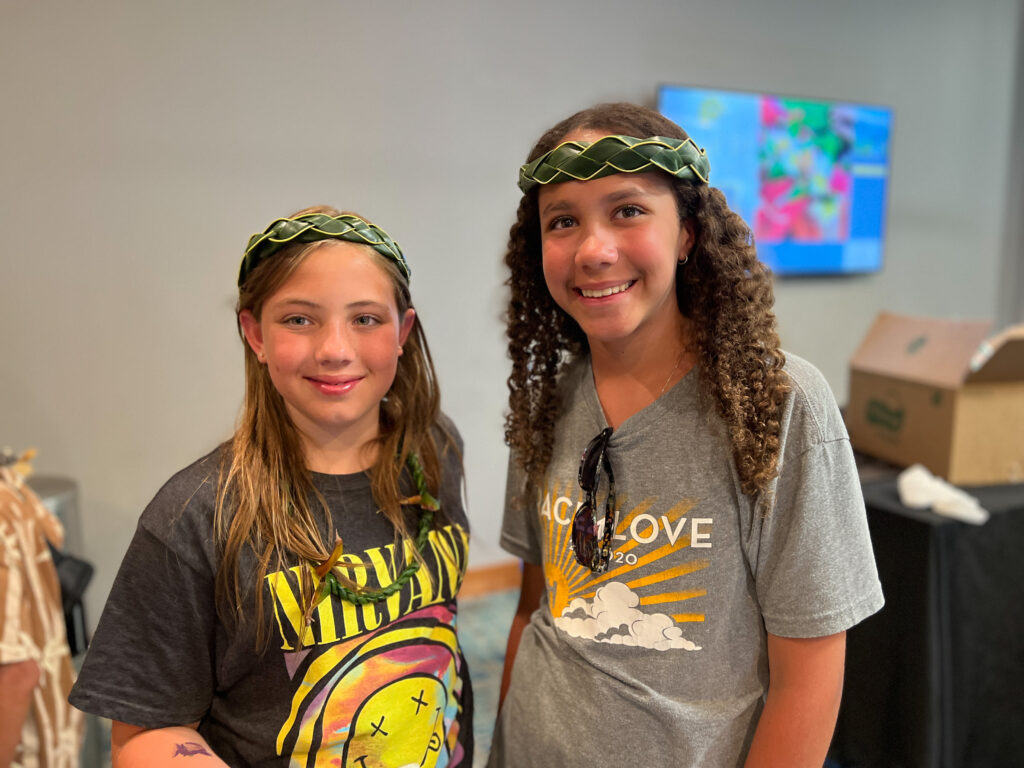

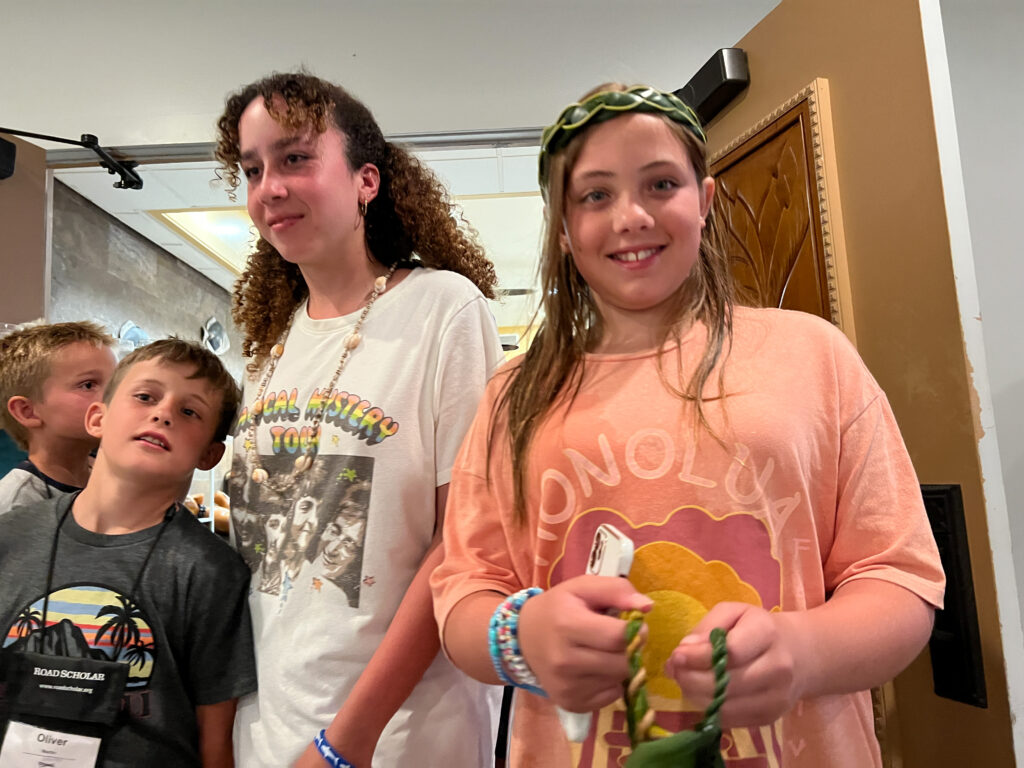
Thanks so very much for sharing your vacation fun and amazing adventures with us all!